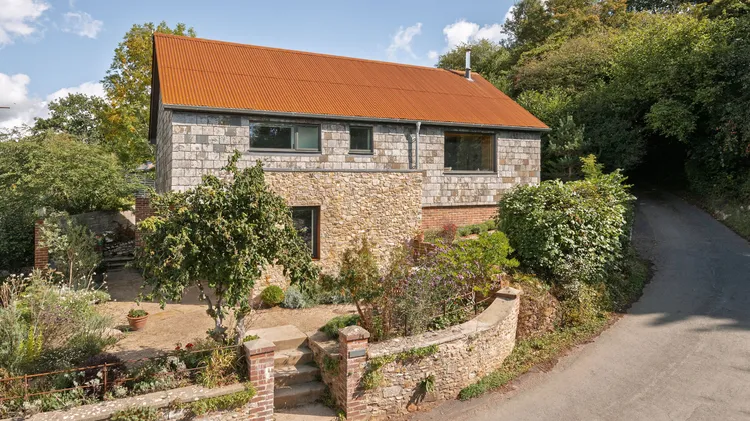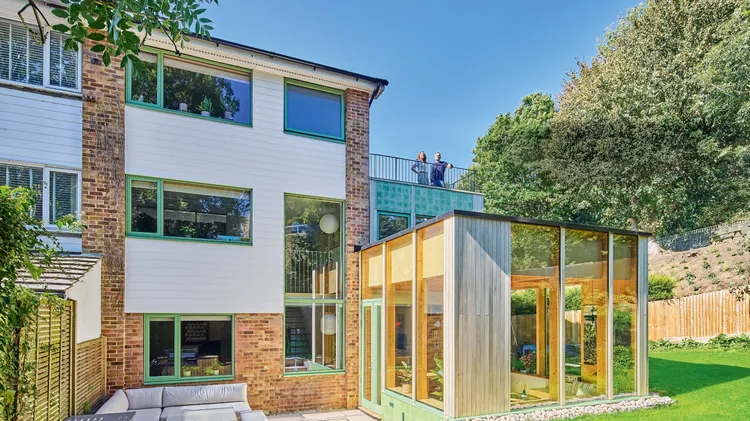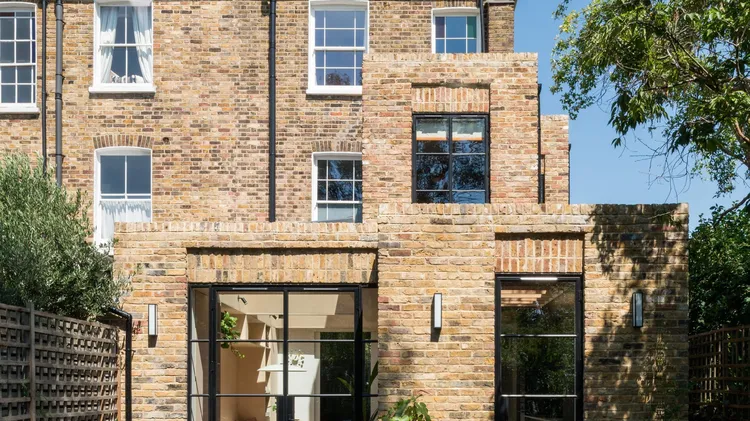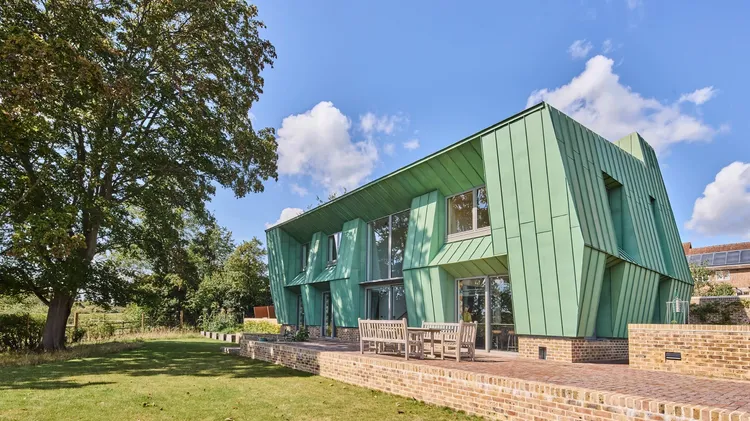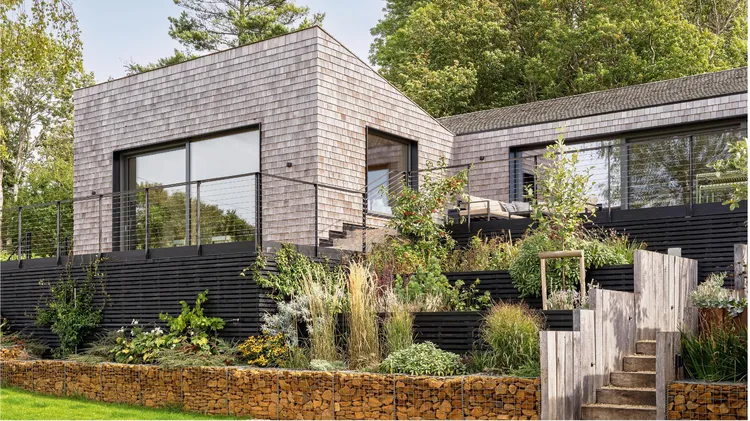Innovative projects overcoming challenging plots Manipulating s
10 city homes on awkward sites
6 min read
This article is from...
Read this article and 8000+ more magazines and newspapers on Readly

